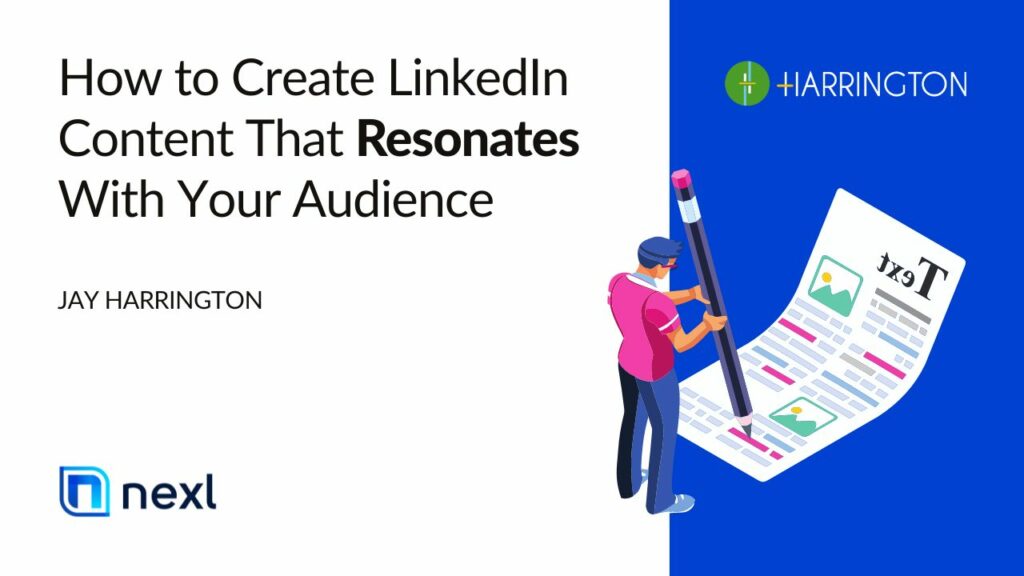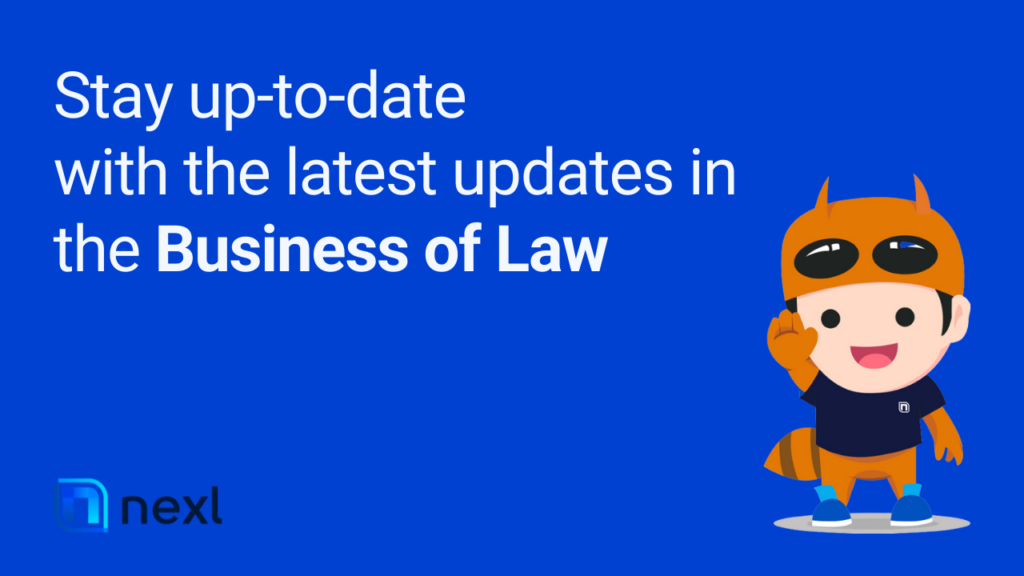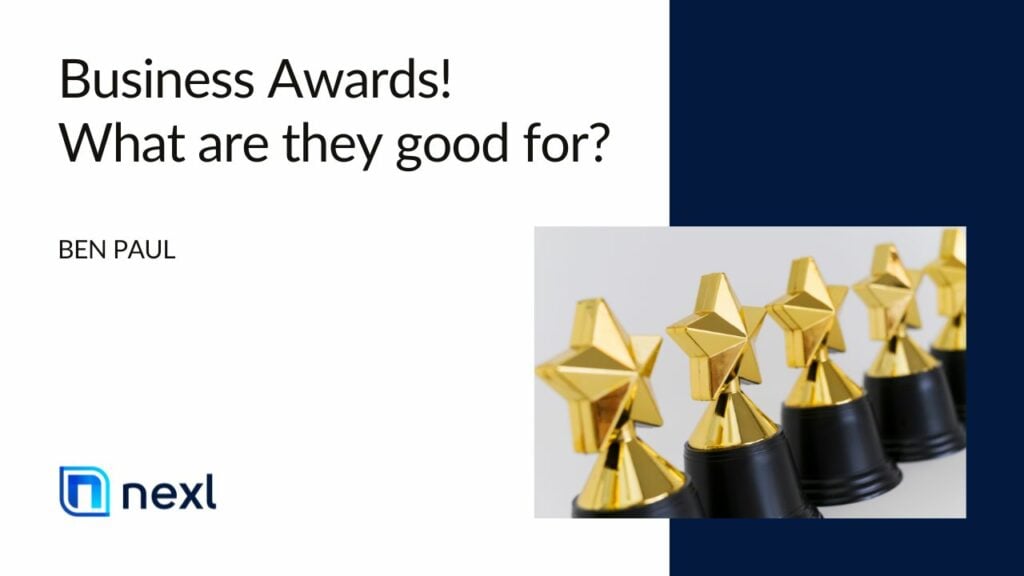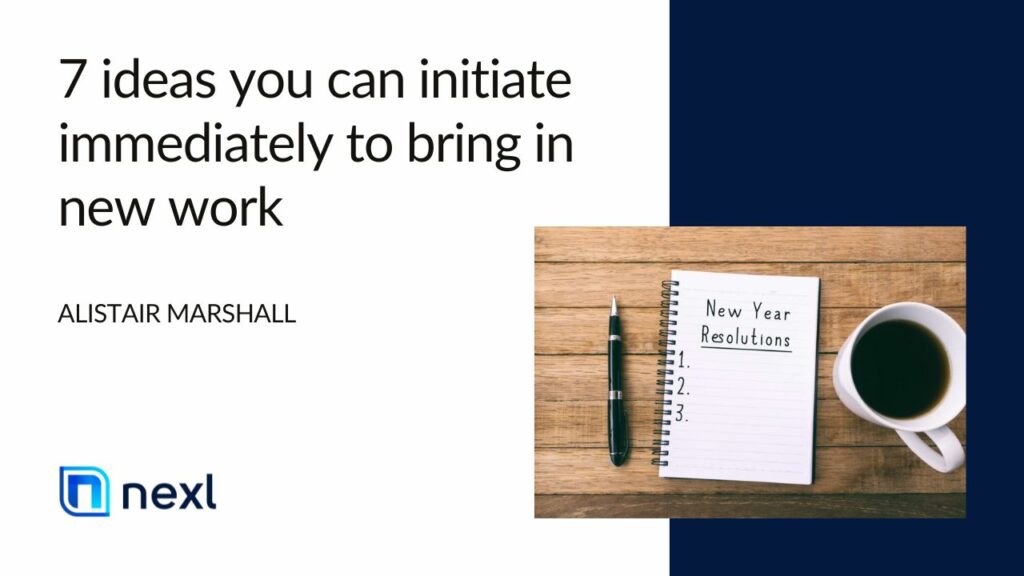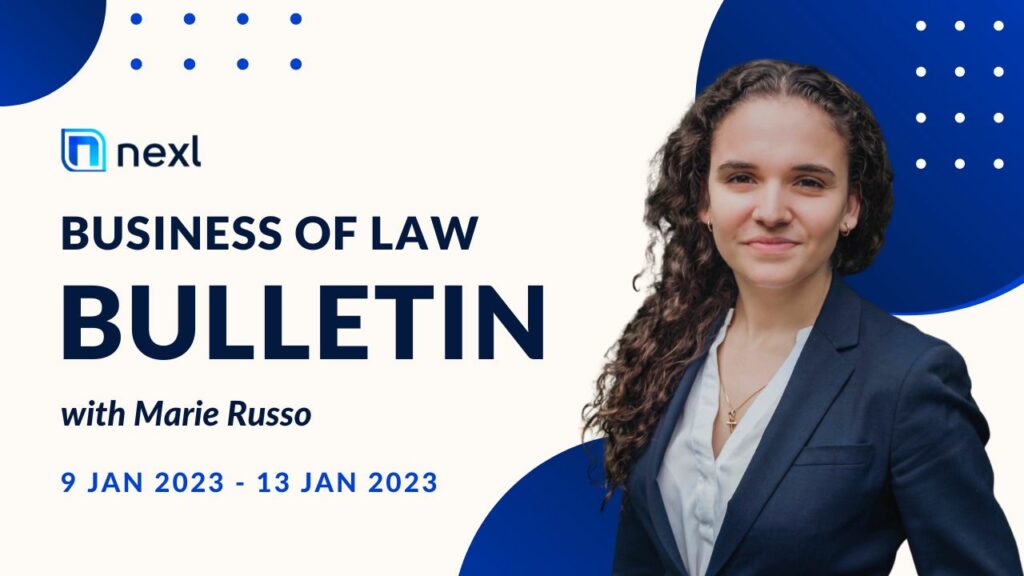A great deal of LinkedIn content shared by lawyers is self-focused as opposed to audience-focused. Therein lies an opportunity.
I graduated from law school as a competent writer, but I had a lot to learn.
I still do.
Upon starting my career, one of my mentors, a litigation partner, taught me an important lesson that I didn’t learn in law school:
Know your audience. Write for your audience.
- A seasoned judge doesn’t need a full page and 11 citations on the standard for granting summary judgment.
- General counsel are busy, unimpressed by legalese, and want the key points and conclusion on page 1 of a memo.
And so on.
My mentor called it “writing fluency” — writing that allows the reader to move through the text quickly and effortlessly comprehend the essential message.
As a young associate, I wanted to be perceived as smart and sophisticated. I used a lot of jargon and liked a creative flourish. I needed to kill my darlings.
My mentor explained that my (overly verbose) writing was having the opposite effect and that my goal should be to serve my audience. In almost all cases, audiences appreciate simple and straightforward writing.
Writing on social media platforms, as you might expect, is no different.
